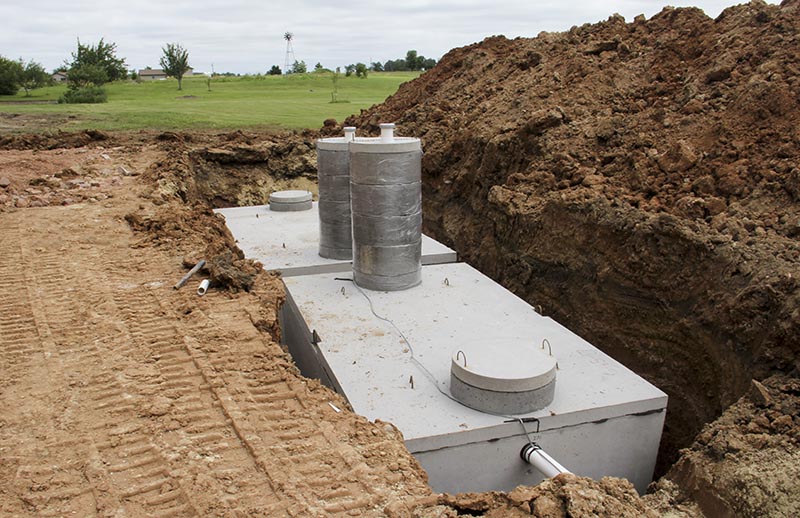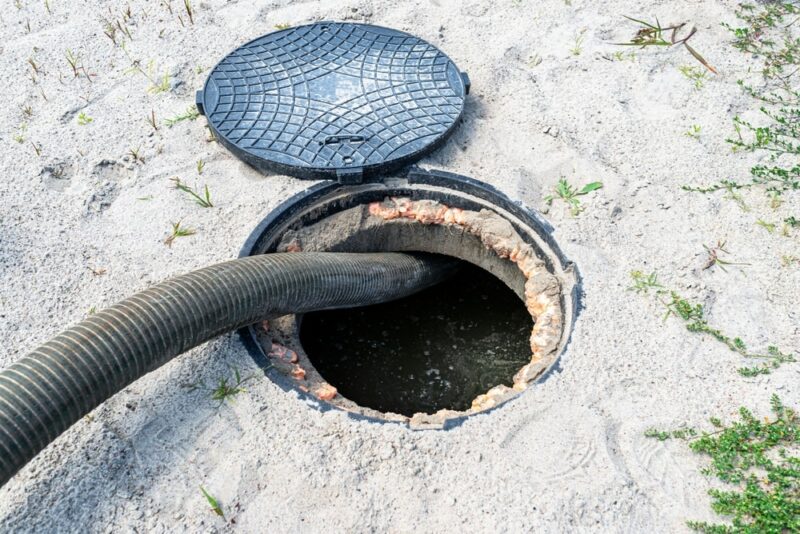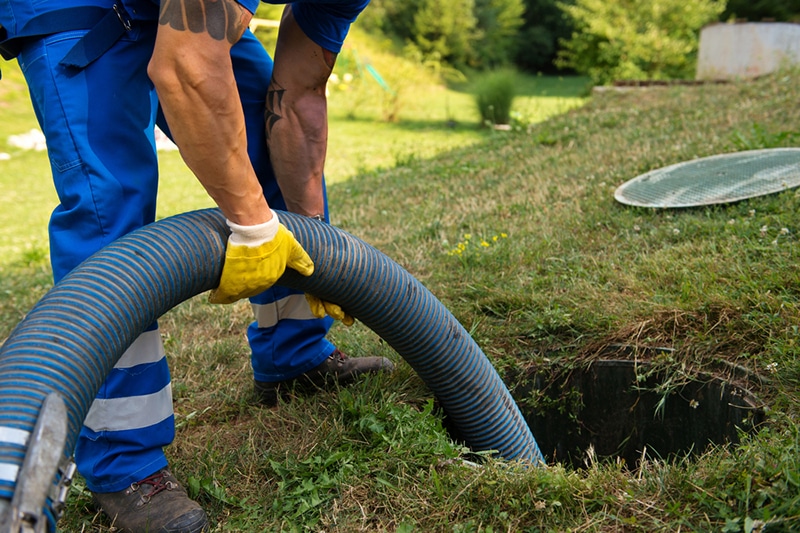What To Do After a Septic Tank Is Pumped (5 Crucial Follow-Ups)
-
Jana Blagojevic
- Last updated:

If you live in a household that has a septic tank instead of a regular sewer system, you are probably aware of the special treatment it requires. Septic tanks need to be pumped regularly, which usually means every 3–5 years, depending on your household size. Each household produces a different amount of waste; therefore, you should contact your local septic company for evaluation.
After your septic tank has been pumped, you must take several crucial follow-up steps to ensure your septic tank will continue functioning correctly. To read more about the steps you should take, have a look at the article below. All the valuable information will be included so that you know precisely how to maintain your septic tank in the future for the best results.
The 5 Crucial Follow-Ups After a Septic Tank Is Pumped
1. Clean and Seal the Area
After your septic tank has been pumped, your first and most crucial step would be to seal off the area again. Carefully replace the utility hole and seal it tight. After sealing everything in place, cleaning the area and maintaining is necessary. Clean away any spillage that might have occurred during the pumping process, and if you come across any large spillages, you’ll need to disinfect them as soon as possible.
Make sure to divert any water runoff away from your system in the future, including roof and other drains, and keep your area well maintained. Do some landscaping around the septic tank, especially by planting grass. Avoid planting any shrubs or trees near your septic tank to prevent the roots from potentially damaging the septic tank’s structure.

2. Set up a Regular Schedule
Making sure your septic tank is up to date when it comes to pumping is crucial advice that will ensure a healthy septic system. If you want to avoid complications and have a properly working septic tank at all times, you need to set up a regular schedule for maintenance and servicing. Household septic tanks usually need to be pumped every third or fifth year.
Contact your local septic company to set up a specific time of the year and to keep track of the maintenance schedule. If there are any signs your septic tanks need to be pumped before the schedule, avoid delaying calling the septic company as it can lead to more severe complications.
Find a plumbing specialist in your area, and get free, no-commitment estimates for your project. Consult a PLUMBING expert

3. Be Careful What You Flush
The best way to continue caring for your septic system after pumping is to control and monitor what you flush down the toilet. As you know, it is strongly recommended only to flush waste and toilet paper into the toilet. Carelessly tossing any other items in the toilet can severely harm your septic tank, causing disruption of the bacteria in the septic tank or blocking your pipes. Items you should always avoid flushing are:
- Cleaning wipes
- Dental floss
- Hair
- Diapers
- Hygiene products
- Cigarette buds
- Grease or oil
- Food waste
- Coffee grounds
- Cat litter

4. Avoid Using Chemical Cleaners
Unlike traditional sewer systems, septic tanks collect all the waste you flush down the toilet for years. If you don’t want to cause further trouble and want to maintain a healthy septic system, be mindful of what you flush down the toilet. The most important thing is to avoid using harsh chemicals, as they can seriously disrupt the bacteria in the tank. Always use natural cleaners and avoid chemicals like bleach and other powerful cleaning products.
5. Use Water Efficiently
Using water efficiently is always a piece of good advice, especially when your household is dealing with a septic system. Even if your system tank has just been pumped and is empty, you’ll want to avoid using water more than you should. If your tank fills up too fast, it will lead to more significant issues and having to pump it more frequently.

Conclusion
After reading this article, you should have the information to care for your septic tank properly. While pumping is crucial, there are also a few necessary steps to take afterward. These structures require knowledge and experience to be well-maintained, which is why calling a professional for regular pumping is a must.
Featured Image Credit: dcwcreations, Shutterstock
Contents

